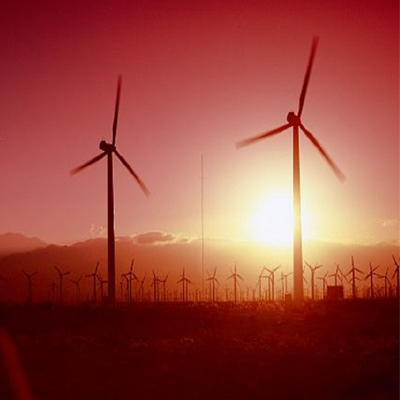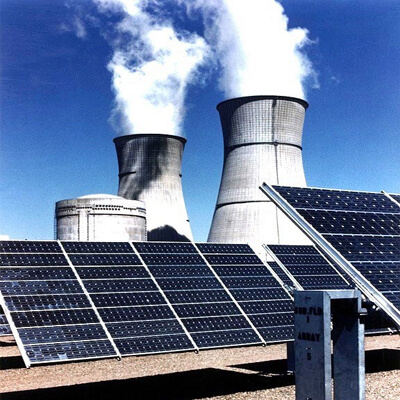Our expertise in renewable energy technologies encompasses wind, wave, tidal, solar, biofuels and biomass.
Climate change, growing world populations and limited fossil fuel resources mean that demand for renewable energy will continue at an ever increasing rate for the foreseeable future. Renewable energy is now at the heart of every informed discussion concerning energy sustainability, security and affordability.
We specialise in the research, design and development and techno-economic analysis of devices. Current areas of research include:
- Fluidic Design – understanding the aerodynamic and hydrostatic/ hydrodynamic loading on renewable energy structures including turbine blades and rotors.
- Structural Design – for example, offshore structures in deep water where environmental factors can be unpredictable and extreme, or integrating renewable energy technology with existing power generation systems.
- Mechanical Design – examining how mechanical drivetrain components within energy structures such as gearboxes and bearings will function and perform over time for example.
- Electrical Design – optimising electrical machines for power generation as well as developing the necessary power electronics and power distribution strategies.
- Control Systems Design – how the integral systems can maximise the performance of technology.
Clients we have worked with include ASAH LM, Centrica, Plat-O, Rolls Royce, Tidal Energy Ltd, Vertax Wind Ltd and Wind Power Ltd.
Our research partners include Carbon Trust, Energy Technology Institute (ETI), European Government e.g. EUFP7 projects, and Technology Strategy Board (TSB).
About our research
Our greatest strength is the ability to combine the academic rigour and long-term perspective of a university with the commercial and business focus of industry.
Our excellence in strategic and applied research has enabled us to make significant contributions to the world around us for over 60 years. We address real life challenges and focus on research that is of strategic and practical importance.
We provide a supportive research community for students and our academic work is regularly published in journal article, book or thesis form.
Our facilities
Our extensive range of on-site test facilities include electrical testing and biofuels laboratories, in addition to:
Ocean Systems Test Laboratory to look at the dynamic response of hull forms, as well as fixed and floating support structures to wave and current loading. Extensively used for tidal turbine design and performance assessment.
Structural Integrity Laboratory – a truly unique facility within UK academia, the lab has a range of servo-hydraulic materials and fatigue testing facilities, from 5kN to 2.5MN capacity, as standard test machines or as test rigs built about full or large-scale components. Loading of specimens and components is possible under unaxial tension-compression, bending and rotating bend arrangements. A pipe pressure-temperature rig is available and used for testing and verification of composite pipeline repair systems.
Anaerobic Digestion Large Scale Pilot Plant - available as a plug-and-play facility for research into anaerobic digestion. Supporting this plant are a number of ancillary laboratory facilities, which can determine residual methane potentials, contaminants, gas upgrading and feedstock optimisation.
Find out more about how to access Cranfield's world-class facilities.
Working with us
We work with our partners on both an individual basis as well as part of a consortium. Our design capabilities can range from conceptual to detailed, in order to meet a wide range of client requirements. Frequently, our clients require for us to see how designs might evolve or be optimised through modelling and physical testing.
We can apply high-fidelity model techniques including computational fluid dynamics (CFD) and finite element analysis (FEA) for fluid mechanics and structural analysis using industry-standard software packages as well as developing our own in-house codes. For feasibility assessments we can employ more rapid low-fidelity analytical methods. Coupling these different methods is also possible for fluid–structure interaction to examine the dynamic characteristics of a system.
We are able to undertake sub-scale physical testing of devices and models using our impressive range of on-site facilities. By combining our understanding of scientific principles with engineering expertise, we are able to provide recommendations where improvements can be made for efficiency or cost.

